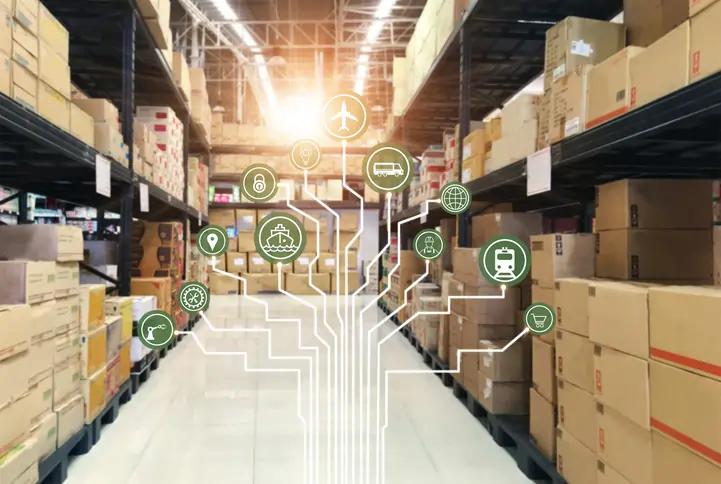Building a sustainable supply chain for e-commerce brands
Building a sustainable supply chain for e-commerce brands
Published by Wanda Rich
Posted on May 8, 2024

Published by Wanda Rich
Posted on May 8, 2024

Building a sustainable supply chain for e-commerce brands
Introduction:
In the increasingly competitive landscape of e-commerce, building a sustainable supply chain has become a crucial factor for success. Consumers are becoming more environmentally conscious, and they expect the brands they support to share their values. A sustainable supply chain not only benefits the environment but also improves brand reputation and can lead to cost savings in the long run. In this article, we will explore the steps involved in building a sustainable supply chain for e-commerce brands.
Sustainability in the supply chain refers to the integration of environmentally and socially responsible practices throughout the procurement, production, and distribution processes. It involves minimizing environmental impact, ensuring ethical treatment of workers, and fostering community development.
The first step in building a sustainable supply chain is to assess your current practices. This involves conducting a thorough audit of your supply chain to identify areas where improvements can be made. Look for opportunities to reduce waste, improve energy efficiency, and source materials from ethical and sustainable suppliers.
Once you have identified areas for improvement, it’s important to set clear and achievable goals and targets. These could include reducing carbon emissions, increasing the use of renewable energy, or improving waste management practices. Setting goals helps to focus your efforts and track progress over time.
Building a sustainable supply chain requires collaboration with suppliers. Engage with your suppliers to communicate your sustainability goals and encourage them to adopt similar practices. Consider working with suppliers who prioritize sustainability and are willing to make changes to support your goals.
Implementing sustainable practices in your supply chain can take many forms. This could include using eco-friendly packaging materials, optimizing transportation routes to reduce emissions, or sourcing materials from sustainable sources. Look for ways to reduce waste, conserve resources, and minimize your environmental footprint.
Once you have implemented sustainable practices, it’s important to monitor and evaluate their effectiveness. Track key performance indicators (KPIs) related to sustainability, such as carbon emissions, waste generation, and energy consumption. Use this data to identify areas for further improvement and make adjustments as needed.
Building a sustainable supply chain is an ongoing process that requires continuous improvement. Regularly review your practices, engage with stakeholders, and seek new ways to reduce your environmental impact and improve your social responsibility.
Conclusion
In conclusion, building a sustainable supply chain for e-commerce brands is essential for long-term success and growth. By assessing current practices, setting clear goals, engaging with suppliers, implementing sustainable practices, and continuously improving, e-commerce brands can reduce their environmental impact, improve their reputation, and build a more resilient business.
Explore more articles in the Business category











